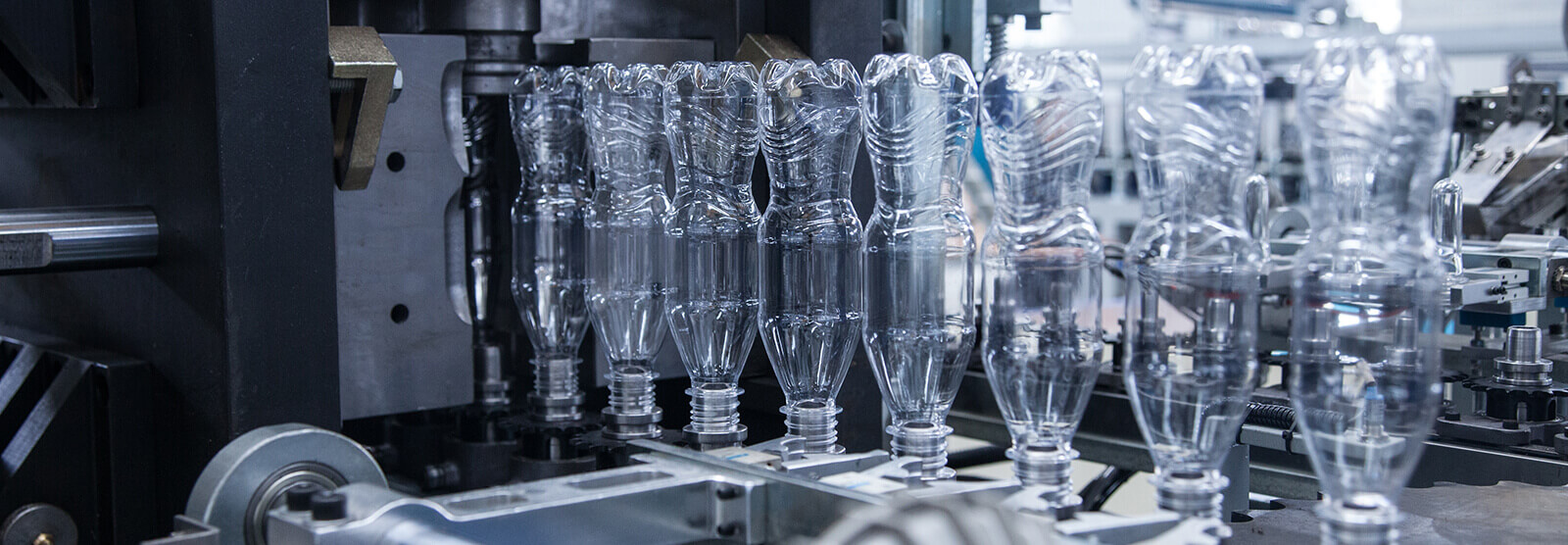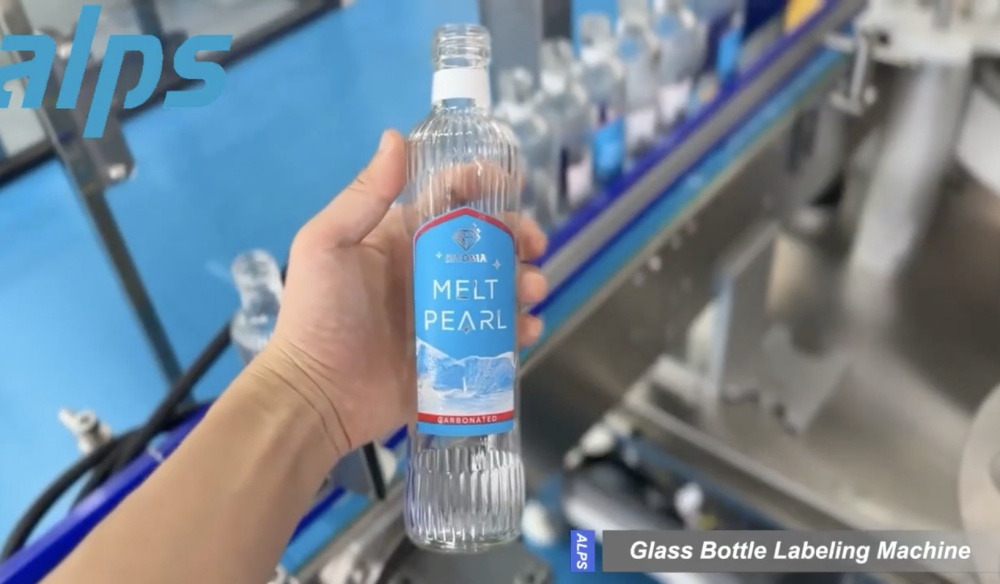Advanced Liquid Package Solution
In today’s beverage industry, automation and precision are key to delivering high-quality products efficiently. A juice filling line is the backbone of any juice manufacturing facility — handling everything from raw juice preparation to filling, labeling, and packaging. Understanding how this system works not only helps manufacturers optimize operations but also ensures consistency in flavor, hygiene, and shelf life.
This article provides a detailed, step-by-step overview of how a modern juice filling production line operates, highlighting the equipment and processes that make it all possible.
The process begins with juice preparation, where raw materials such as fruit concentrates, water, sugar, and additives are blended into a consistent mixture.
Key Steps:
Dilution: Concentrated juice is diluted with purified water to achieve the desired Brix level (sugar concentration).
Mixing: Ingredients like flavor enhancers, colorants, and preservatives are accurately measured and mixed in a blending tank.
Filtration: The juice passes through filters to remove pulp or impurities, ensuring a smooth texture and clean appearance.
At this stage, temperature control and ingredient accuracy are crucial. Many factories use automated mixing systems equipped with flow meters and PLC (Programmable Logic Controller) control to maintain quality consistency.
Before filling, the juice must be sterilized to eliminate bacteria, yeasts, and molds that can spoil the product. This step ensures food safety and extends shelf life.
Typical Methods:
Pasteurization: The juice is heated to around 85–95°C for a short period (usually 15–30 seconds) and then rapidly cooled.
UHT (Ultra-High Temperature) Treatment: For longer shelf-life products, juice is heated to 135–150°C for a few seconds and cooled immediately.
Aseptic Processing: The sterilized juice is transferred into a sterile holding tank and then filled in a sterile environment.
These methods depend on the juice type — for example, natural juices often require gentle pasteurization to retain flavor and nutrients, while mixed or long-shelf-life juices may need UHT treatment.

Next comes bottle preparation, which can be divided into two processes depending on the packaging type.
(1) For PET Bottles – Blowing Process:
Preforms made of PET plastic are heated and blown into bottles using a PET bottle blowing machine. The process ensures uniform wall thickness and proper bottle shape.
(2) For Glass or Pre-Made Bottles – Bottle Feeding:
Pre-formed bottles are cleaned and fed into the production line through an air conveyor or bottle unscrambler.
Modern juice filling lines often use integrated juice blowing-filling-capping systems, which combine these three functions in one continuous process. This minimizes contamination risks and increases production efficiency.
Before filling, every bottle must be thoroughly cleaned to remove dust or potential contaminants.
Common Cleaning Techniques:
Air rinsing: Used for PET bottles, where high-pressure sterile air removes dust particles.
Water rinsing: Used for glass bottles, where sterile water or cleaning solution is sprayed inside the bottles.
The rinsing unit usually works in synchronization with the filling and capping sections to maintain a continuous flow. Hygiene is critical at this stage — only sterile and filtered air or water is used.
The filling stage is the heart of the juice production line. The goal is to fill each bottle quickly and accurately while maintaining sterility and preventing oxidation.
Types of Juice Filling Systems:
Juice Hot Filling: Juice is filled at 85–90°C to sterilize the bottle and cap. Ideal for fruit juice, tea, and isotonic drinks.
Aseptic Cold Filling: Sterile juice is filled at room temperature into sterilized bottles in an aseptic environment. Suitable for sensitive or dairy-based drinks.
Filling Methods:
Gravity Filling: Uses gravity to fill non-carbonated liquids like juice.
Vacuum Filling: Ideal for glass bottles to ensure a tight seal.
Pressure Filling: Used when higher viscosity liquids require controlled pressure.
The filling valves are designed to prevent foaming and spillage. Advanced lines use CIP (Clean-in-Place) systems for automatic internal cleaning, reducing downtime and maintaining hygiene.
Once filled, bottles immediately move to the capping station where they are sealed to prevent contamination and preserve freshness.
Types of Caps:
Plastic screw caps (for PET bottles)
Aluminum caps (for glass bottles)
Crown caps (for specialty beverages)
The capping machine ensures each cap is tightly fitted without leakage. For hot-filled beverages, the caps are designed to withstand temperature changes during cooling.
After capping, bottles may pass through a cooling tunnel to lower their temperature gradually, avoiding deformation and improving shelf life.
With the product safely sealed, the bottles proceed to labeling and coding.
Labeling Options:
Sleeve labeling: Uses heat-shrinkable plastic film that wraps tightly around the bottle.
Adhesive labeling: Applies paper or film labels with glue.
In-mold labeling: Used in some advanced PET bottle production.
Coding and Date Marking:
An inkjet or laser printer prints essential information like production date, batch number, and expiration date.
High-precision labeling and printing systems ensure brand consistency and traceability for every batch.

The final stage of the juice filling line is secondary packaging, where filled bottles are grouped and prepared for shipment.
Typical Packaging Systems:
Shrink wrapping machine: Wraps bottles in plastic film and heat-shrinks it for compact packing.
Carton packing machine: Packs bottles into cardboard boxes.
Palletizer: Stacks packaged products onto pallets for efficient storage and transport.
Automation at this stage reduces labor costs, increases speed, and improves loading stability for transportation.
Quality assurance runs throughout the entire juice filling process. Automated inspection systems are used to ensure every product meets strict safety and quality standards.
Common Inspection Points:
Liquid level detection
Cap tightness
Label position accuracy
Bottle leakage test
Weight consistency
Defective products are automatically rejected before packaging, ensuring only flawless bottles reach consumers.
Modernjuice production lines are highly automated, equipped with sensors, PLC systems, and smart control interfaces. Regular maintenance helps sustain efficiency and reduce downtime.
Maintenance Tasks:
Cleaning-in-place (CIP) system checks
Lubrication of mechanical parts
Inspection of filling valves and seals
Calibration of sensors and flow meters
With Industry 4.0 integration, some advanced systems can perform remote monitoring, predictive maintenance, and data analytics for continuous improvement.
A juice filling production line is a complex but highly coordinated system that brings together preparation, sterilization, filling, sealing, labeling, and packaging into one seamless process. Each stage plays a vital role in ensuring product safety, consistency, and visual appeal — from the first fruit concentrate to the final bottle on the shelf.
If you’re planning to build or upgrade your juice production plant, choosing a reliable equipment supplier is essential.
ALPS Machine is a leading enterprise specializing in the research, design, and production of beverage filling and packing machines. We provide complete turnkey solutions, including workshop design, machine layout, utility layout (water, gas, and electricity), and even bottle and label design — ensuring your plant operates efficiently from day one.
Our main products include:
Mineral water and juice filling machines
Labeling and packing machines
CSD (carbonated drink) production lines
5-gallon water production lines
PET bottle blowing and injection molding machines
At ALPS Machine, our mission is to help customers achieve stable production, ensure product quality, and win their market through intelligent and customized beverage solutions.

By continuing to use the site you agree to our privacy policy Terms and Conditions.